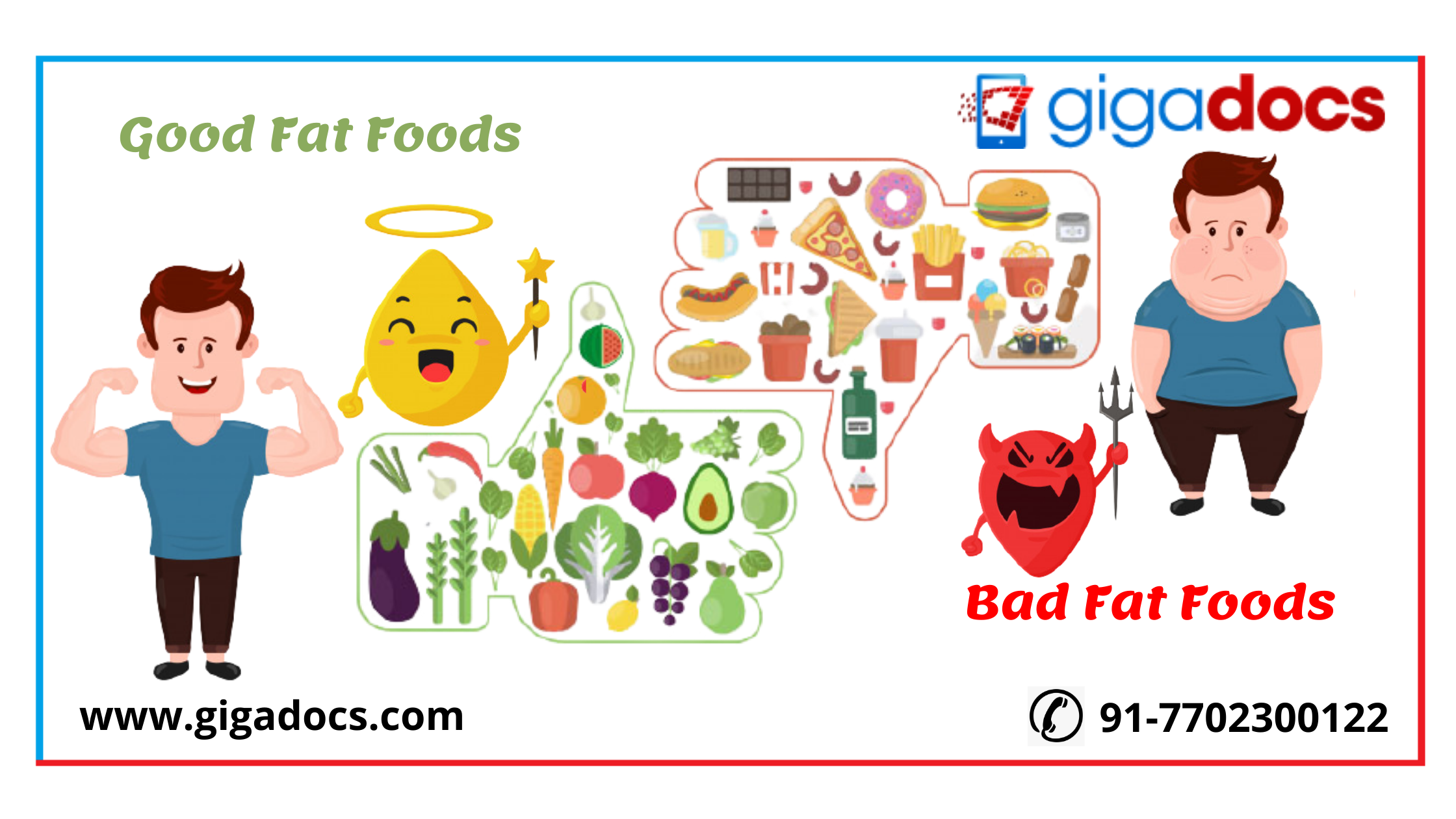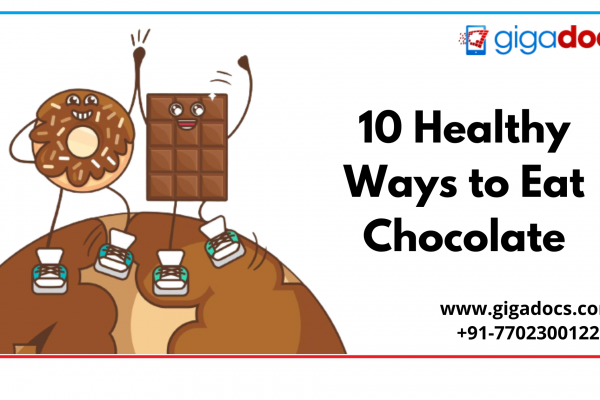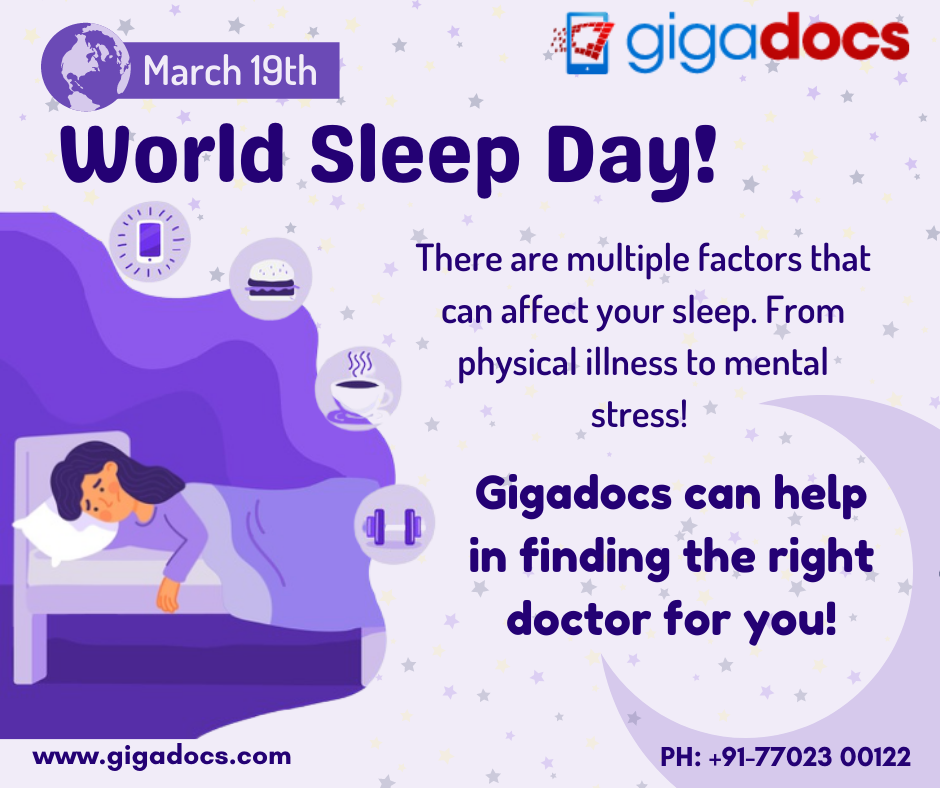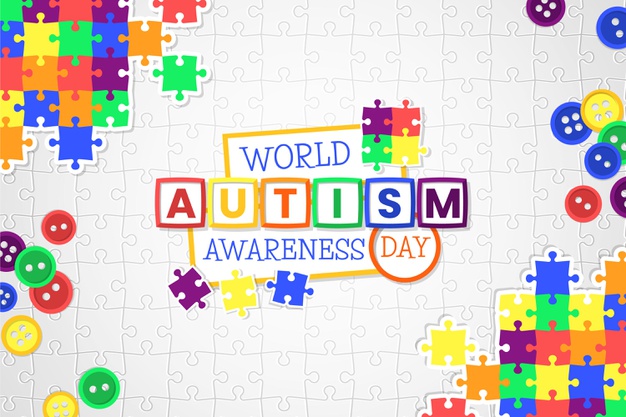Many of us dread when it comes to cholesterol, but do you know that some cholesterols do good?
Cholesterol is a fat-like (lipid) substance, used by our body as input to produce hormones, vitamin D, and digestive juices that break the fats present in the food. There are a total of 3 types of Cholesterol, mainly classified as HDL, LDL, and Triglycerides. The proportion of Cholesterol in your bloodstream can indicate your risk factors for developing cardiovascular disease, coronary artery disease, vascular disease, or a stroke.
Here is what HDL/ LDL cholesterol are-
| HDL- Good Cholesterol | LDL-Bad Cholesterol | |
| What is good/ bad cholesterol? | High-Density Lipoprotein | Low-Density Lipoprotein |
| Purpose | High-Density Lipoprotein (HDL) moves cholesterol to the liver. Good cholesterol in the liver does not get struck in arteries. Subsequently, it is removed from the body | Bad cholesterol moves cholesterol to arteries which get stuck in the artery walls. Too much LDL cholesterol in the arteries may cause plaque build-up, a condition known as atherosclerosis. |
| Foods to eat for HDL and avoid for LDL | To boost HDL, opt for foods like-Fruits and vegetables. Whole grains.Lean red meat, skinless white meat.Baked or grilled fatty fish like salmon, tuna, or sardines Unsalted seeds, nuts, and legumes vegetables or olive oils | Avoid or rarely eat: Red meat. Fried foods.Foods made from trans fats or saturated fats.Full-fat dairy products.Foods cooked in hydrogenated oils. |
What are Triglycerides?
Triglycerides are fatty components of the food converted into calories. These calories are not needed immediately and get stored in the fat cells to be used for energy later on. Physically inactive individuals who prefer to consume fatty and sugar-laden food may end up with substantially high triglycerides. Triglycerides levels also increase as an after effect of medications used to treat hypertension, cancer, HIV.
High blood triglycerides are tough to detect since they don’t cause any symptoms. However untreated, or uncontrolled high blood triglyceride levels rise stroke complications and coronary heart disease. Besides, very high blood triglyceride levels can escalate instances of acute pancreatitis, pancreatic swelling that may cause severe abdominal pain.
| Triglycerides levels | |
| Normal | Below 150 mg/dL |
| Borderline High (Needs medical attention) | 150-199 mg/dL |
| High (Needs urgent medical attention) | 200 mg/dL or more |
What is Atherosclerosis?
With age fats, cholesterol, and calcium collect in your arteries and forms plaque. This build-up increases the risk of blood clots in your arteries and may occur in the heart, any of the legs, and kidneys. A blood clot may lead to a life-fatal stroke or a heart attack if it breaks away and blocks any artery of the heart or brain.
Lipid Profile Test to Measure Cholesterol Levels
The level of Cholesterol in the blood is measured in milligrams per decilitre of blood (mg/dL) by a Lipid Profile Test. The frequency of taking a lipid profile test depends on your age, health risk factors, and family history. Although general medical recommendations include:
| Cholesterol Levels | For age 19 and younger | For age 20 and older | |
| Frequency | The first test should be done between 9-11. | Younger adults should have this test once every 5 years. Men ages 45 and up and women ages 55 and up should have their lipid profile test every 1-2 years. | |
| Total Cholesterol | Healthy Level- Less than 170mg/dL | For Men-Healthy Level- 125-2000mg/dL | For Women-Healthy Level- 125-2000mg/dL |
| Non- HDL | Less than 120mg/dL | Less than 130mg/dL | Less than 130mg/dL |
| LDL | Less than 100mg/dL | Less than 100mg/dL | Less than 100mg/dL |
| HDL | More than 45mg/dL | 40mg/dL or Higher | 50mg/dL or Higher |
HDL- Good Cholesterol Range
| HDL Good Cholesterol Level | HDL Cholesterol Category |
| Less than 40mg/dL | Heart Disease risk factor |
| 40-59ml/dL | Borderline |
| 60 ml/dL and Higher | Protective against heart disease |
Causes of High Cholesterol
- Fatty foods: Saturated fats (unhealthy fats) escalate your blood cholesterol levels. Avoid saturated fats like full crème dairy products, dark red meat, tropical oils (coconut oil, palm oil, cocoa butter), desserts, cheese, cookies, crackers, doughnuts, deep-fried processed foods.
- Weight: Obesity is a concern for those with high cholesterol levels and heart diseases. Watch out for large waist circumference that is over 40 inches for men or over 35 inches for women. Doctors advise to lose weight and maintain a healthy lifestyle which can help lower LDL (bad) cholesterol, and triglyceride levels.
- Physical activity: Along with controlling your weight you need to be physically active. Regular physical activity will lower your LDL (bad) cholesterol and raise HDL (good) cholesterol levels. To reduce the risk of heart disease and stroke, consider to be physically active for 30 minutes and add walking to your daily schedule.
- Smoking: Cigarette smoking lowers your HDL (good) cholesterol levels, increases your blood pressure, tightens arteries which puts you at a higher stroke risk.
- Age and gender: With progressing age, Cholesterol levels rise across men and women. Women’s cholesterol levels shoot up post menopause. Before the onset of menopause, they have lower cholesterol reading than men of the same age group. However, after menopause, their LDL (bad) cholesterol levels tend to rise.
- Heredity factors- A person may inherit high LDL levels, a condition known as Familial Hypercholesterolemia (FH). FH is caused by a genetic mutation, which affects the liver’s ability to get rid of the extra LDL cholesterol. FH may lead to high bad cholesterol levels and aggravate the risk of heart attack and stroke at a young age.
- Stress: Higher stress levels are associated with overeating, inactivity, and increased smoking habits. All these habits increase bad cholesterol levels.
Controlling Bad Cholesterol
- Increase Soluble Fiber: Soluble fiber found in oatmeal, kidney beans, apples, and pears decreases the overall consumption of cholesterol from the bloodstream, regulates bowel movements, lowers diabetes risk, controls body weight, and may prevent hypertension.
- Consider whey Protein: Whey protein formed as a by-product of cheese making adds many health benefits. It lowers both LDL cholesterol and total cholesterol, blood pressure, improves immunity, and supplements with anti-cancer properties.
- Use Polyunsaturated Fats: Omega-3s-Polyunsaturated fats reduce “bad” LDL cholesterol, decrease heart disease risk, aids brain function and cell growth. These foods include nuts (especially walnuts), flax seeds, fish, vegetable oils, flaxseed oil, and leafy vegetables.
- Reduce Saturated Fats: Saturated fats found in red meat and full-fat dairy products raise your total cholesterol levels. For a healthy lipid profile decrease your total consumption of saturated fats.
- Avoid Trans Fats: Trans fats or partially hydrogenated vegetable oil found in biscuits, crackers, and cakes raise overall cholesterol levels and thus are very unhealthy. Limit your consumption of refined flour-based food items for a healthy lipid profile.
Consult a Cardiologist on Gigadocs
High cholesterol can be concerning. But in most cases, it is a warning signal. If you have high cholesterol and work to reduce it, your risk of a heart attack and stroke will most likely decrease. Knowing your HDL / LDL cholesterol levels adds to your health awareness and wellbeing. Consult a cardiologist on the Gigadocs app for your lipid profile test. Download the Gigadocs app to book the best cardiologists, diabetes specialists for a teleconsultation or a face-to-face appointment at your convenience.
Being diagnosed with high cholesterol does not mean you would develop heart disease or have a stroke, however, matters of the heart must be taken seriously.
To book the best doctors around you download the Gigadocs app-
- IOS App – apple.co/2W2iG4V
- Android App – bit.ly/33AQoRC
To know more and schedule a Virtual Consultation demo, e-mail, at info@gigadocs.com




